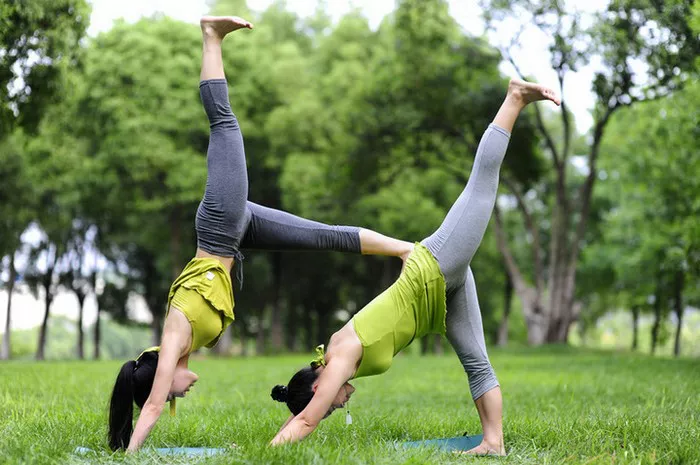In the fast-paced modern world, where stress and distractions abound, finding inner peace and balance becomes increasingly crucial. Yoga, an ancient practice originating from India, offers a pathway to achieve this harmony of mind, body, and spirit. Among the various branches of yoga, Prana Yoga Meditation stands out as a profound method for tapping into the life force energy, known as Prana, to enhance overall well-being. In this comprehensive guide, we delve deep into Prana Yoga Meditation, exploring its principles, techniques, benefits, and how to incorporate it into your daily life.
Understanding Prana: The Essence of Life
Prana, often referred to as the vital life force, is the subtle energy that permeates the universe and sustains all living beings. In yogic philosophy, Prana is believed to flow through energy channels called nadis, similar to the concept of meridians in traditional Chinese medicine. It is the animating force behind all physiological functions, including respiration, circulation, and digestion, as well as the functioning of the mind and emotions.
The Philosophy of Prana Yoga
Prana Yoga Meditation is rooted in the understanding that by consciously directing and harnessing the flow of Prana, one can awaken higher states of consciousness and unlock the dormant potential within. This practice integrates various elements of yoga, including asanas (postures), pranayama (breath control), dharana (concentration), and dhyana (meditation), to cultivate a deep awareness of the subtle energy within and around the body.
See Also: What is Sahaja Yoga Meditation
Techniques of Prana Yoga Meditation
1. Pranayama: Pranayama forms the foundation of Prana Yoga Meditation. Through conscious control of the breath, practitioners can regulate the flow of Prana and calm the fluctuations of the mind. Techniques such as Ujjayi breath, Kapalabhati, and Nadi Shodhana are commonly used to purify the nadis and increase Pranic circulation.
2. Asanas: The practice of yoga postures not only strengthens the physical body but also opens up energy channels, allowing for the free flow of Prana. Specific asanas, such as backbends, twists, and inversions, are particularly effective in stimulating the energy centers (chakras) and balancing the Pranic flow throughout the body.
3. Mudras and Bandhas: Mudras, or hand gestures, and Bandhas, or energy locks, are powerful tools for redirecting Prana within the body. By applying gentle pressure or creating specific configurations with the hands and body, practitioners can enhance the circulation of energy and deepen their meditative experience.
4. Visualization: Visualization techniques are employed to channel Prana to specific areas of the body or energy centers. Through guided imagery and focused intention, practitioners can amplify the Pranic energy and facilitate healing on physical, mental, and emotional levels.
5. Mantra Meditation: Mantras, sacred sounds or chants, are vibrational tools that resonate with the cosmic energy and help attune the mind to higher states of consciousness. By repeating a chosen mantra during meditation, practitioners can purify the mind, elevate their awareness, and establish a deeper connection with the universal Prana.
Benefits of Prana Yoga Meditation
The regular practice of Prana Yoga Meditation offers a myriad of benefits for the holistic well-being of an individual:
1. Stress Reduction: By harmonizing the Pranic flow and calming the mind, Prana Yoga Meditation helps alleviate stress and anxiety, promoting a sense of inner peace and tranquility.
2. Enhanced Vitality: Increasing the circulation of Prana revitalizes the body’s energy systems, leading to improved vitality, stamina, and overall health.
3. Emotional Balance: Balancing the Pranic energy centers allows for the release of emotional blockages and fosters greater emotional resilience and equilibrium.
4. Mental Clarity: The practice of Prana Yoga Meditation sharpens the focus and concentration, leading to enhanced mental clarity, creativity, and cognitive function.
5. Spiritual Awakening: Through the exploration of the subtle realms of consciousness, Prana Yoga Meditation facilitates spiritual growth, self-discovery, and a deeper connection to the divine.
Incorporating Prana Yoga Meditation Into Your Daily Life
To fully reap the benefits of Prana Yoga Meditation, it is essential to integrate the practice into your daily routine:
1. Establish a Regular Practice: Set aside dedicated time each day for Prana Yoga Meditation, even if it’s just a few minutes. Consistency is key to experiencing profound shifts in consciousness.
2. Create a Sacred Space: Designate a quiet and peaceful corner of your home as your meditation space, free from distractions and disturbances.
3. Start Small: If you’re new to meditation, begin with short sessions and gradually increase the duration as you become more comfortable with the practice.
4. Listen to Your Body: Honor your body’s limitations and practice with awareness and sensitivity. Avoid forcing or straining during the practice.
5. Seek Guidance: Consider seeking guidance from an experienced yoga teacher or attending workshops and retreats to deepen your understanding and practice of Prana Yoga Meditation.
Conclusion
In conclusion, Prana Yoga Meditation offers a profound pathway to self-discovery, healing, and spiritual awakening. By harnessing the power of Prana, we can tap into our innate potential and cultivate a life of balance, vitality, and inner peace. Embrace the journey of exploration and let the divine energy of Prana guide you towards wholeness and fulfillment.


















